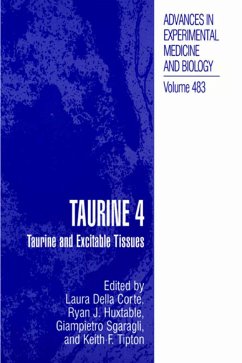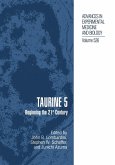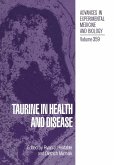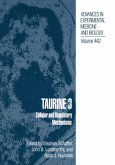Mitochondria from mammalian tissues possess an elaborate system for 2+ 2+ transporting Ca across their inner membrane which consists of Ca import, 2+ via the Ca uniporter, in response to the mitochondrial membrane 2+ + potential ?? and of Ca release by an antiport system in exchange for H + 9,23 or Na (see Fig. l) . Because the uniporter is dependent upon the external 2+ 2+ 2+ 2+ Ca concentration ([Ca ]), mitochondria accumulate Ca until the [Ca ] o o 2+ decreases to the level at which the uniporter activity balances the Ca efflux. 2+ The [Ca ] at which the uniporter and efflux activities are equal is defined o the "setpoint" andcorresponds to values between 0.3-3µM. 2+ Figure 1. The Ca transport system of the inner membrane of mammalian mitochondria. U, + 2+ + + uniporter. I, Na -independent efflux mechanism or Ca /2H exchanger. D, Na -dependent 2+ + efflux mechanism or Ca /2Na exchanger. PTP, permeability transition pore. FP, 11 flavoprotein. ?? membrane potential. ? pH gradient. Adapted from .








